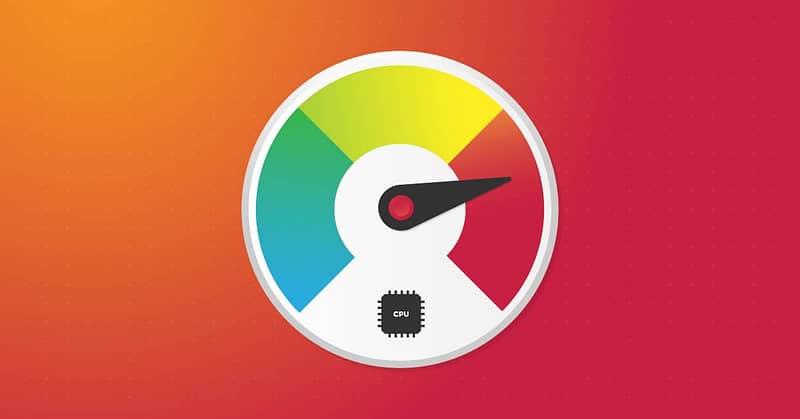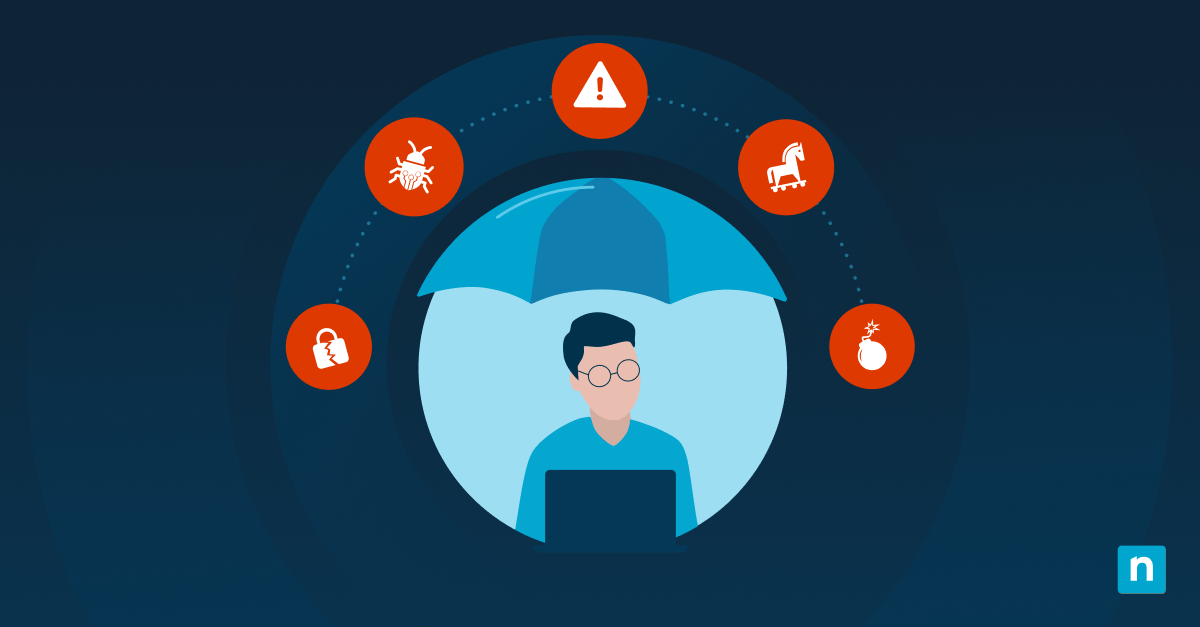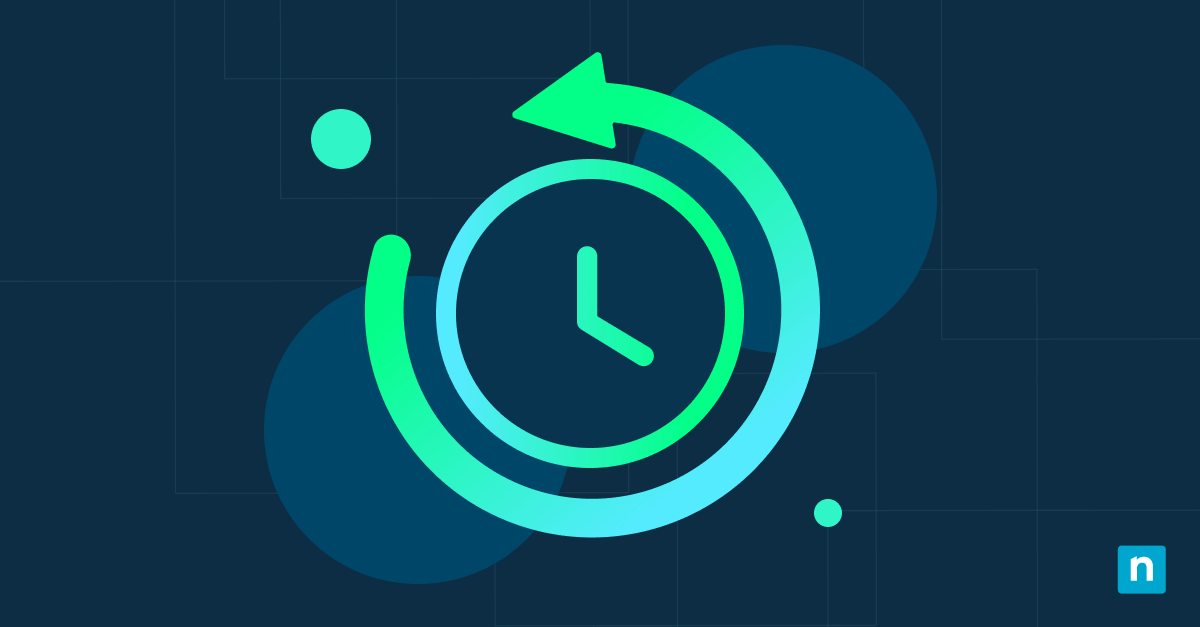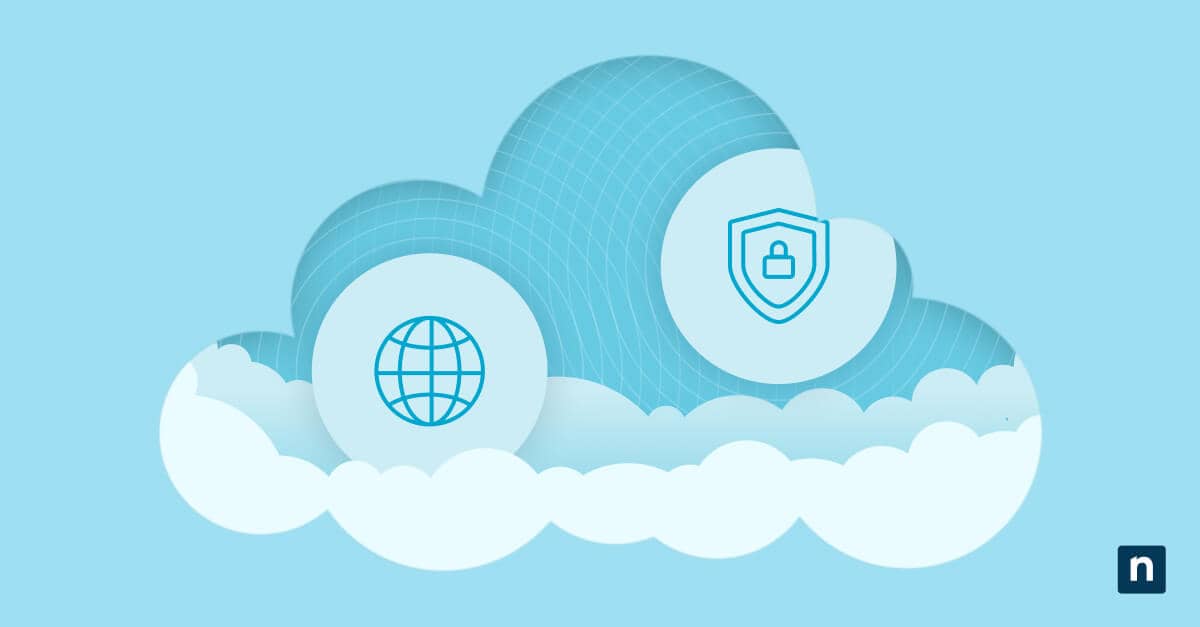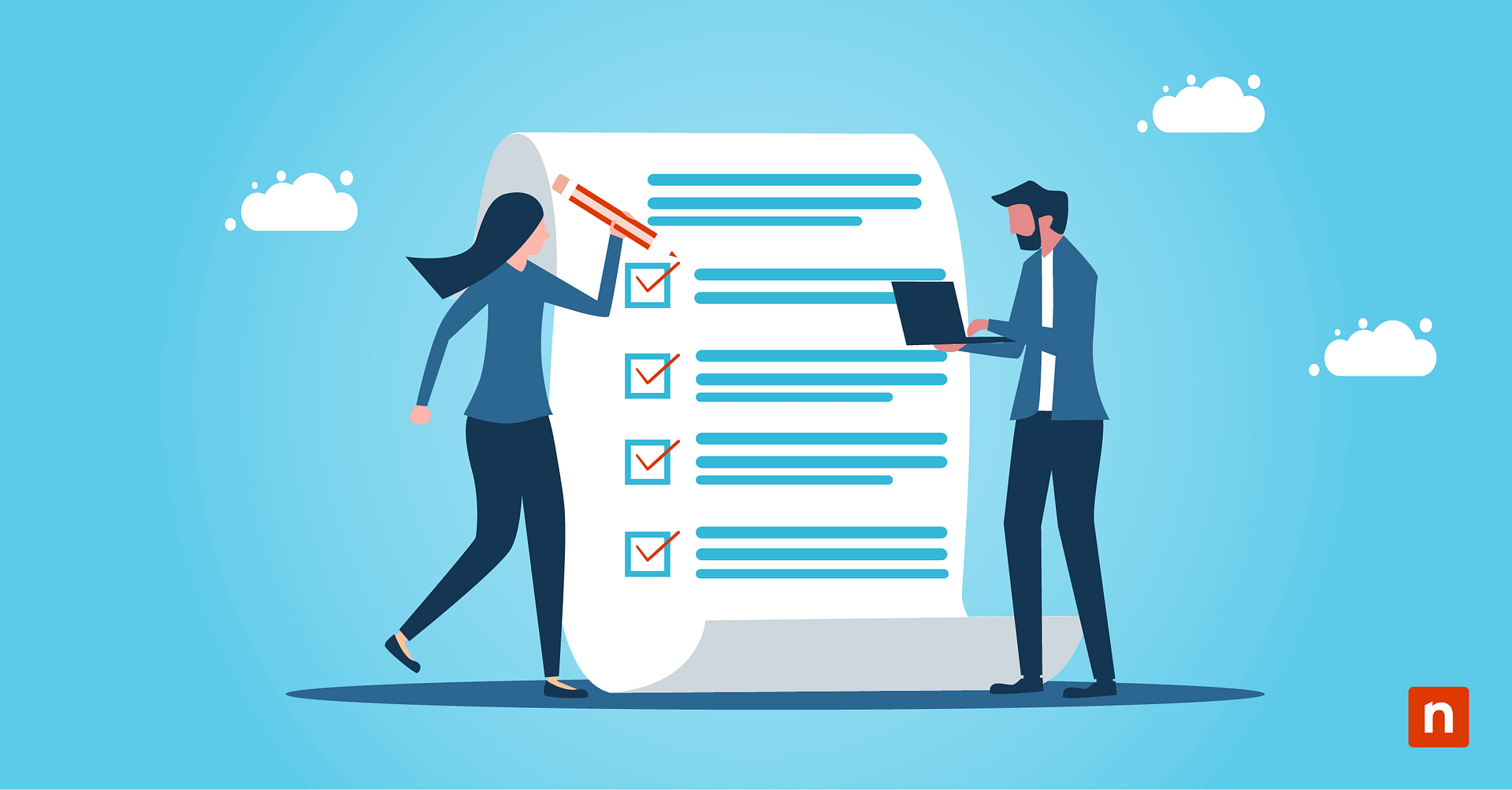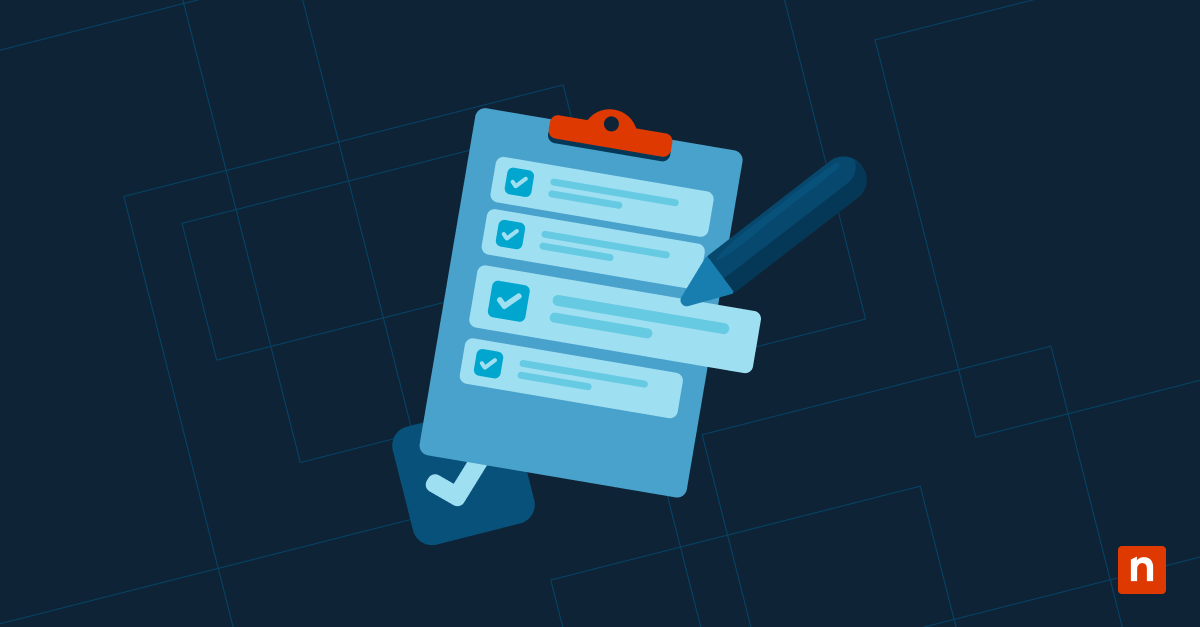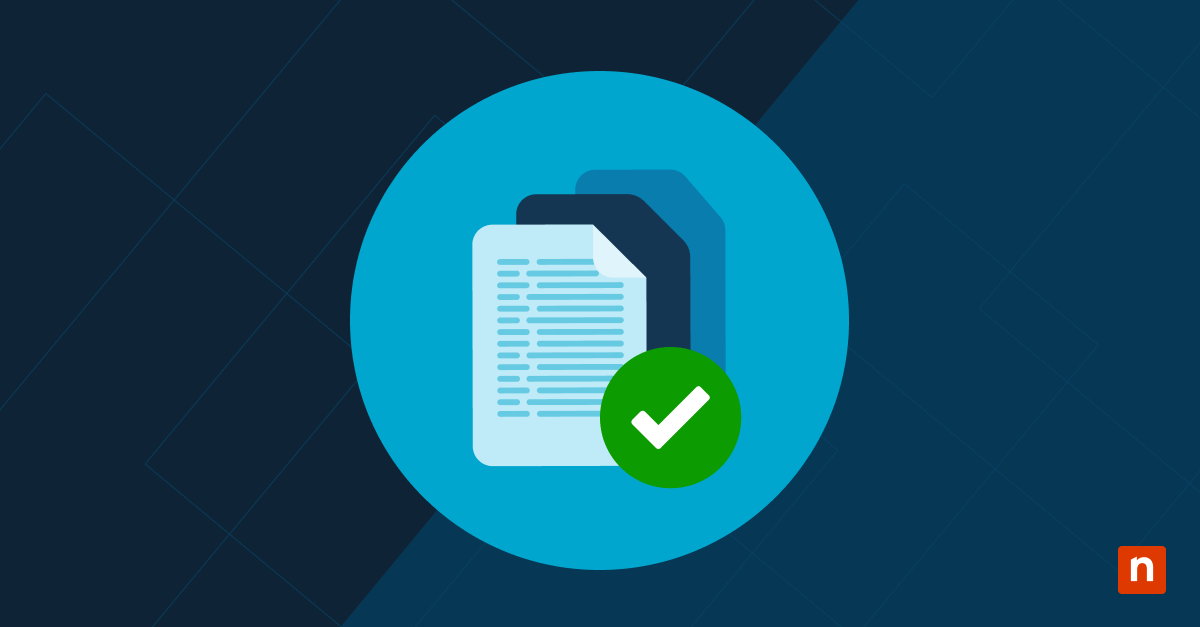Key Points
- Adjust Power Plans: Switch to “High Performance” or “Balanced” to prevent CPU throttling.
- Tweak System Settings: “Adjust for best performance” in System Properties for fewer visual effects.
- Disable Background Apps: In Settings (Privacy/Apps) turn off unneeded background processes.
- Manage Startup Programs: In Task Manager, disable non-essential apps at boot.
- Customize Notifications: Limit pop-ups in Notifications or enable Focus Assist to reduce CPU spikes.
- Use Efficiency Mode: In Task Manager, right-click heavy processes and select Efficiency Mode.
- Update & Reboot: Keep drivers, BIOS, and Windows up to date; restart often to clear resources.
- Scan for Malware: High CPU usage can be caused by hidden threats—use antivirus or anti-malware tools.
Is your Central Processing Unit (CPU) maxing out and slowing your PC to a crawl? There’s a good chance you have experienced this issue if you run high-demand software for things like graphic design, video editing, or gaming. It can be frustrating enough without factoring in how hard it can be to trace down the source of the problem. In this article, we’ll look at how to remedy high CPU usage on your machine or machines.
What this article will cover:
The CPU is essentially the brain of a computer and, as such, drives all of the functionality of a machine. The overall performance and speed of your computer are very closely tied to the performance of the CPU, as it is a core component of all processes taking place.
Most computer users have encountered a “slowdown” problem at one point or another. Sometimes it happens when resource-intensive software, such as games, are running. Still, it can also happen somewhat inexplicably — much to the user’s frustration. In many cases, the problem can be traced back to a CPU that is running too many tasks and processes. So, let’s jump into it!
Prefer video? Watch our video on How to lower CPU usage.
How to lower CPU usage
Changing Windows 10 Settings to lower CPU usage
- Adjust your power plan
- Open your power options: Click the Start button, type “power plan,” and select “Choose a power plan.”
- Show additional plans: In the window that appears, click “Show additional plans.”
- Select “High Performance”: Pick “High Performance” to ensure your CPU isn’t held back by power-saving measures when you need the extra horsepower.
- This plan can help if your CPU usage is spiking during demanding tasks, but remember it may consume more energy in the process.
- Tweak system environment variables
- Open System Properties: Click Start, type “View advanced system settings,” and press Enter.
- Go to Performance Settings: Under the “Advanced” tab, find “Performance” and click “Settings.”
- Select “Adjust for best performance”: In the Visual Effects tab, choose “Adjust for best performance.”
- Apply and close: Click Apply to confirm. Keep in mind, that this disables certain animations and visual flourishes, so your Windows interface might look plainer. However, it can free up valuable CPU resources.
- Disable unnecessary background apps
- Open Settings: Click the Start button, then the gear icon (Settings), or type “Settings” into the search bar.
- Go to Privacy > Background apps: Scroll through the list of apps and toggle off any you rarely use.
- Fewer apps running in the background means less CPU usage for tasks you don’t actually need.
- Manage startup programs
- Open Task Manager: Press Ctrl + Shift + Esc.
- Go to Startup: Click the Startup tab to see which programs launch when your computer boots.
- Disable what you don’t need: Right-click on any app and choose “Disable” if it’s not essential.
- This ensures your CPU isn’t burdened by extra processes from the moment you log in.
- Adjust notifications and Focus Assist
- Notifications: Click Start, open Settings > System > Notifications & actions, and toggle off or customize notifications from apps that bug you frequently.
- Focus Assist: Under Settings > System, look for “Focus Assist.” Enabling it can reduce notification pop-ups that can spike CPU usage in the background.
Changing Windows 11 Settings to lower CPU usage
- Optimize your power mode
- Open Settings: Click Start and choose “Settings.”
- Find Power options: Go to System > Power & battery and look for “Power mode.”
- Pick a mode: Choose “Best power efficiency” or “Balanced” to reduce CPU usage when top-tier performance isn’t necessary.
- This helps ensure Windows 11 won’t push your CPU to its limits 24/7, saving energy and reducing strain.
- Disable background apps
- Go to Apps & Features: In Settings, navigate to Apps > Apps & features.
- Manage background permissions: Locate apps you don’t use often, click the three dots, then “Advanced options,” and toggle off any background permissions.
- Fewer apps running in the background means less CPU time spent on tasks you don’t even notice.
- Minimize startup programs
- Open Task Manager: Press Ctrl + Shift + Esc.
- Disable unnecessary apps: In the Startup apps (or Startup tab) section, right-click any unnecessary programs and select “Disable.”
- Having fewer apps launch at startup gives your CPU fewer tasks to juggle right from the get-go.
- Turn off visual effects
- Advanced System Settings: Type “View advanced system settings” in the search bar and open it.
- Select Performance settings: Under “Performance,” click “Settings” and pick “Adjust for best performance.”
- You’ll lose out on some glossy animations, but your CPU will have less work to do overall.
- Keep Windows updated
- Run Windows Update: Make sure you’re up to date on Windows patches.
- Check Device Manager: Type “Device Manager” in the search bar to update any outdated drivers, especially chipset drivers that directly impact CPU performance.
- Use Efficiency Mode (where available)
- Check Task Manager: Right-click a resource-heavy process and select “Efficiency Mode” if the option appears.
- This feature helps throttle background apps, keeping CPU usage lower for the tasks you really care about.
- Adjust notifications and Focus Assist
- Manage notifications: In Settings > System > Notifications, turn off or limit pop-ups you don’t need.
- Use Focus Assist: Go to Settings > System > Focus Assist to further reduce notifications that can keep your CPU busy.
If changing the Windows 10 or Windows 11 settings above does not help, here are some other things you can try:
Restart your computer
When there’s something awry with your resources, whether CPU load or memory or something else entirely, this is generally the first step you should take. Rebooting clears various caches, stops running processes, and allows certain background updates/patches to fully install. However, if your PC is always running at a high CPU load, this may not solve the problem.
Update drivers and BIOS
This is an easy but essential step, as updates and patch management are critical to keeping any device or network in top shape. Update all drivers on your computer, including updating your chipset and BIOS. Unfortunately, Windows automated updates don’t always find the appropriate drivers and patches for hardware (especially when it comes to things like video cards).
Check for malware, viruses, crypto miners, and other stowaways
Open the Task Manager processes tab and look at the “CPU” column under the Details tab. From here, you can see all running programs sorted by CPU usage. If you see a program that’s using a noticeably high amount of CPU — especially if you don’t recognize it — then it may be malware or a crypto miner, and it’s time for an antivirus scan. Remedy this problem by running a trusted Antivirus program or anti-malware.
Learn other ways of protecting your devices with the top 5 IT security fundamentals guide. Download the guide today.
Reinstalling Windows
If you have tried everything and running at 100% CPU is still plaguing you, then reinstalling Windows may help. Windows can accumulate registry entries, cached files, extraneous Windows processes, or buggy settings over time. Only a wipe and fresh install can help.
Overclocking the CPU
If you don’t want to open your wallet to upgrade your hardware, overclocking is a possible answer. If you have an unlocked CPU and a motherboard that supports overclocking, then doing some light overclocking may help with high CPU usage. Do not attempt overclocking if you’re not confident you know what you’re doing — you could easily damage or destroy your hardware.
Install a new CPU
If none of the steps above fix your issue, the only solution to high CPU loads might be to upgrade your hardware. This is difficult, if not impossible, on laptops, but desktop PCs usually allow for the replacement of processors. Only do this if your CPU is an actual bottleneck to performance, as there’s little point in upgrading the processor if the motherboard limits the potential of the upgrade.
Why is my CPU usage so high?
Users who encounter a slowdown will often look at their Task Manager or some other tool that shows various resource allocations within the machine. For example, when such a tool shows that the computer’s CPU is at 100% usage, it tells you your CPU is working at its maximum capacity. In other words, it’s trying to perform more operations than it is physically capable of performing at any given time, which results in stuttering, lag, slowdowns, and even physical symptoms like CPU overheating.
Here are some common reasons why your CPU usage may be so high:
- Background processes: Many applications and background processes continue to run even after it seems like they’ve been closed. Even worse, many programs are set to launch as soon as the computer boots up — and may run in the background without the user realizing it. If enough of these programs are running in the background, or if they’re poorly optimized, they can eat up CPU processing power.
- Resource-intensive applications: Some software is inherently demanding on a computer. Video and graphic editing tools and games are notorious for their high demands on a PC’s hardware. Sometimes a slowdown can occur because too many of these applications are trying to run at once — or the PC doesn’t meet the minimum system requirements of the high-demand software.
- Viruses or malware: Sometimes, when a slowdown is hard to trace to a source, it is caused by a virus or malware attack. Since these often run undetected, they can hog resources without making themselves known.
- WMI provider host: The WMI Provider Host is designed to monitor systems on a network. Bugs or patching issues can cause high CPU usage problems.
- Improper configuration: Sometimes, a hardware setting can trigger CPU usage issues. A common cause is when the PC is configured to use onboard graphics rather than its dedicated video card — an issue can arise seemingly out of nowhere because a patch or Windows update changed the setting. This can be easily fixed by correcting the setting and instructing the computer to default to its dedicated graphics card.
- Dirty fans and cooling components: Hot technology is slow technology. The hotter your processor gets, the harder it will be to do its job. (And the more likely it will overheat and give up the ghost permanently.) Believe it or not, many performance issues can be solved by taking apart the PC case and cleaning all heat sinks, heat pipes, and vents of dust buildup or other obstructions. So, for example, suppose your CPU is running noticeably hot, and you have the know-how. In that case, you may also want to make sure the thermal paste between your processor and cooling device (heat sink, water block, etc.) has not broken down.
Keep a clean machine
Fixing high CPU usage or constant 100% CPU will depend on your situation and the root of the problem. The above steps can help in most situations. You can even do them if you’re not experiencing significant performance issues, simply as a preventative measure. Keep your machines clean and optimized, keep up with patches, and ensure your hardware is able to handle the software you’re throwing at it.
An essential tool in your arsenal to diagnose and remediate a CPU that is running near 100% is a quality RMM tool that can monitor and manage CPU usage, memory usage, running processes, disk and volume information, and user/event logs. NinjaOne RMM can do all this and more. Visit NinjaOne to start your free trial of G2’s #1 RMM tool today.
